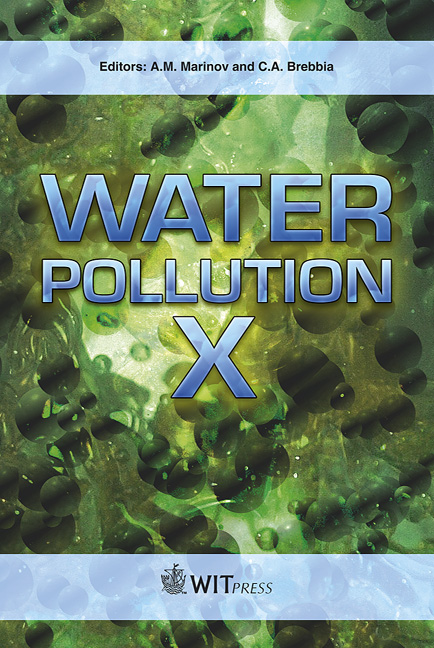Assessment Of The Ecological Status Of The Shallow Lake Neor (Iran) Using A Macroinvertebrate Community Structure
Price
Free (open access)
Transaction
Volume
135
Pages
9
Page Range
169 - 177
Published
2010
Size
638 kb
Paper DOI
10.2495/WP100151
Copyright
WIT Press
Author(s)
R. M. Nadushan, H. Emadi, M. R. Fatemi & M. Samanpajuh
Abstract
Macroinvertebrates play a key role in freshwater lentic and lotic ecosystems. Lake Neor, located in the northwest of Iran (37º 55´ to 38º 1´ 45), 2700m above sea level, is one of the lakes with little information available regarding the limnological data. Therefore, the present study was planned and conducted during a period of one year focusing on macroinvertebrate fauna and assemblage. Sampling was done monthly at four sites from August 2008 to July 2009. Altogether, a total of 11 species belonging to three phyla, seven classes, 10 orders and 10 families were identified, indicating a low diversity. From these species, eight are recorded for the first time from this lake and from the country, including Pisidium supinum, Fossaria humilis, Stagnicola catascopium, Quistadrilus multisetosus, Stylodrilus herngianus, Mooreobdella fervida, Podura aquatica, Dasycorixa hybrida. From these species, Gammarus fasciatus, Pisidium supinum and Quistadrilus multisetosus were dominant, constituting 49%, 43% and 5% of the total benthic fauna respectively. Two predominant species, Gammarus fasciatus and Pisidium supinum, are indicator species that are sensitive to eutrophic conditions, reflecting the oligo-mesotrophic character of the lake. Dissolved oxygen, temperature, TOM and habitat homogeneity seemed to be the main environmental factors affecting the community structure of macroinvertebrate fauna in this lake. At present, in this shallow water body
Keywords
shallow lake, macroinvertebrates, assessment, trophic status, Lake Neor





